Amazon Dropped Tools to Clearance-Level Pricing for the New Year—175+ Deals Up to 50% Off: Save on DeWalt, Bosch, and More
Save on hundreds of tools with Amazon's latest sale with prices starting under $10.

Save on hundreds of tools with Amazon's latest sale with prices starting under $10.
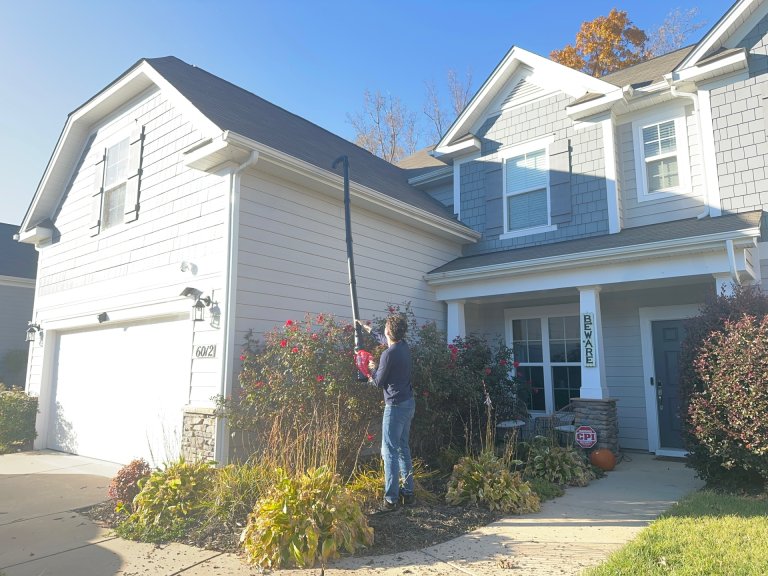
Don’t let blocked gutters wash your home’s value down the drain. Choose one of these top products for maintaining your gutters.
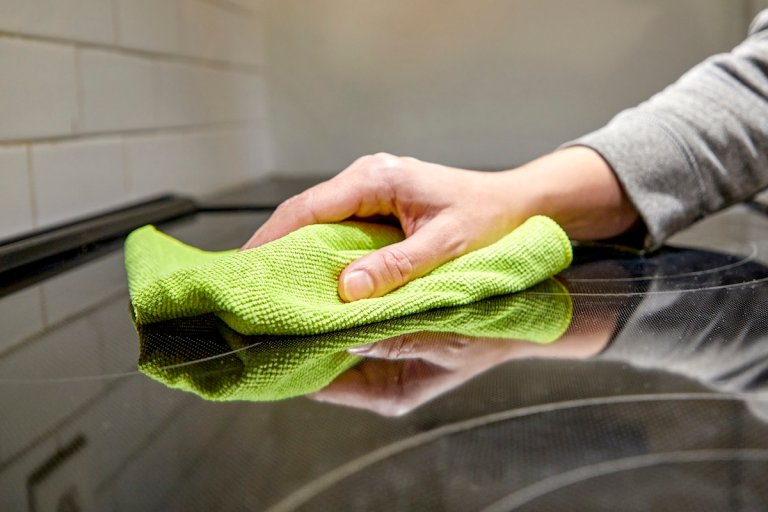
Your glass cooktop is often the first surface in your kitchen to experience the thrills and spills of a dinner party. Get it spic-and-span again using this easy approach.

From award-winning energy solutions to smarter, more intuitive home tech, these CES 2026 standouts hint at where everyday living is headed next.

Everyday workshop essentials at nearly half off, available now while Ace’s in-store inventory lasts.

Amazon is discounting Sun Joe lawn and garden tools now—before mowing, trimming, and cleanup season officially begins.
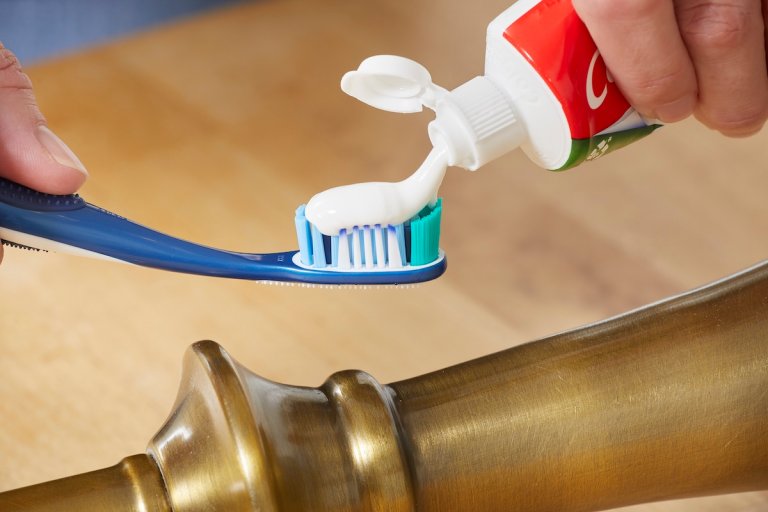
Whip up a homemade brass cleaner with products that are probably already in your pantry.
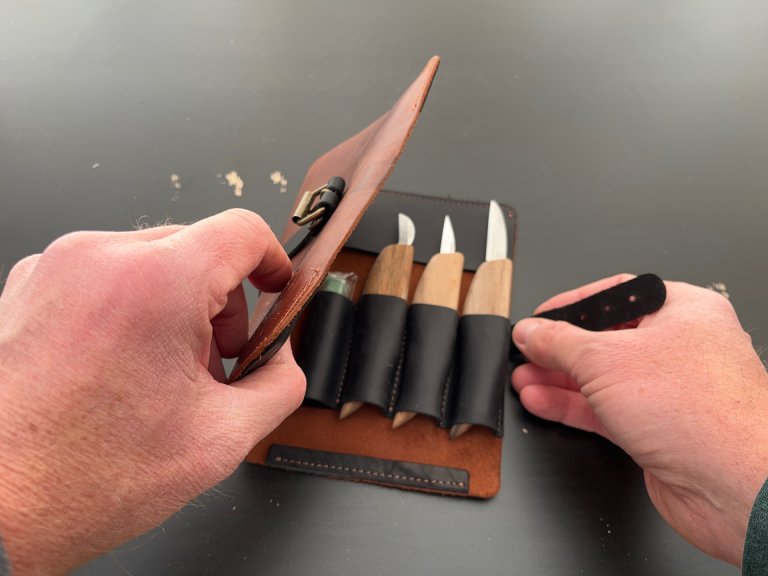
Dull blades and uncomfortable grips can quickly ruin a whittling project. Our favorite wood carving set eliminates these issues with razor-sharp blades, smooth handling, and three types of knives for precise carving.

With countless doorbells on the market, choosing the right one isn’t easy, so we put several popular models to the test. The Google Nest Doorbell excelled across the board, earning our top spot.
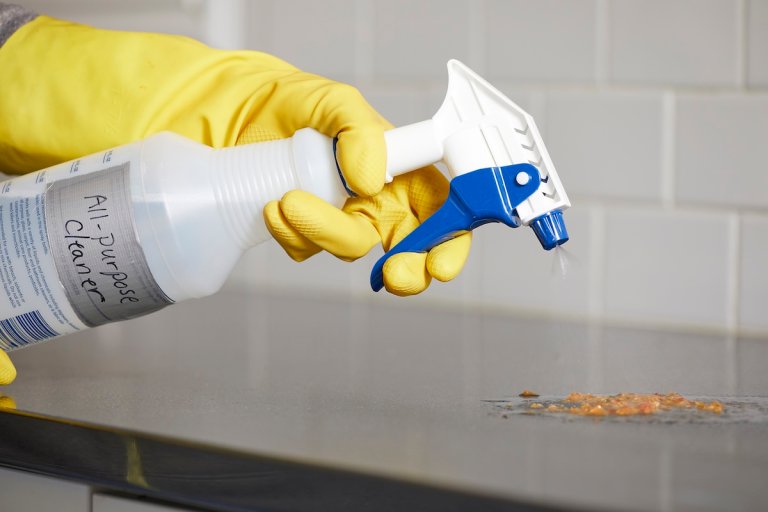
Making your own natural, all-purpose cleaner takes just a few minutes and costs a few cents per batch. It's safe for kids and pets too!

Ace Hardware is offering a rare $70 discount on one of DeWalt’s most popular drill/driver combo kits. It's a smart grab for upgrading your tool lineup at the start of the year.

Start 2026 with less clutter and more focus. Shop smart storage and tool-organization deals that make it easy to tidy the garage, tame the pantry, and set up a proper home workshop — starting at under $10.
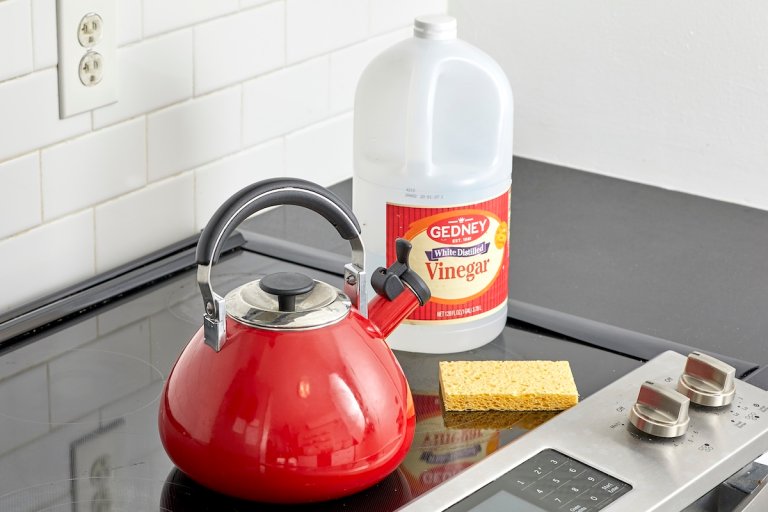
Limestone deposits in your kettle can turn the taste of your tea. The good news is, getting the kettle clean is simple business.

Keep your cutting board sanitary and in good working condition with these affordable picks.
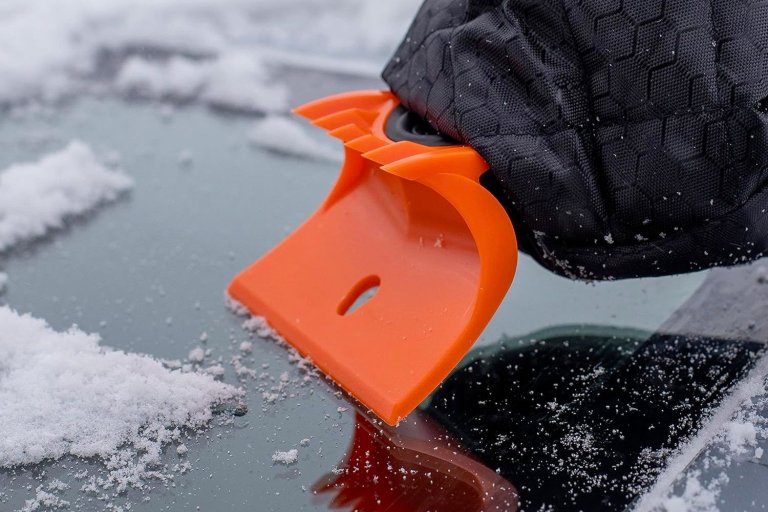
Clear your vehicle’s windshield of light frost or thick ice during the cold winter months with one of these top ice scrapers.
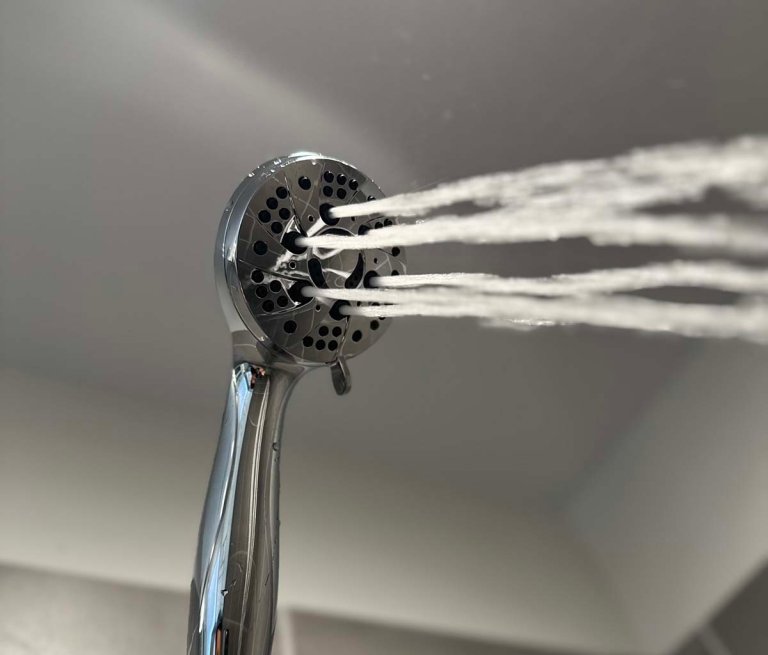
See which shower heads are worth installing based on water pressure, spray patterns, and design.
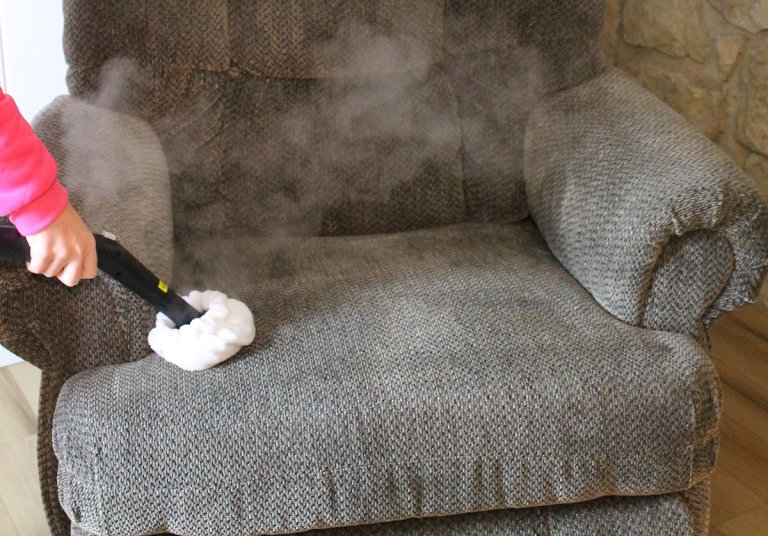
A handheld steam cleaner will remove stains, ground-in dirt, and grime. Here are some top steamers we tested for giving your home a deep clean.

We evaluated eight brushes for coverage, control, and comfort to help you pick the perfect tool for any surface.

Snow in the forecast? These tested tools are our favorites for clearing paths and driveways—and they'll deliver or be ready for pickup within the week.
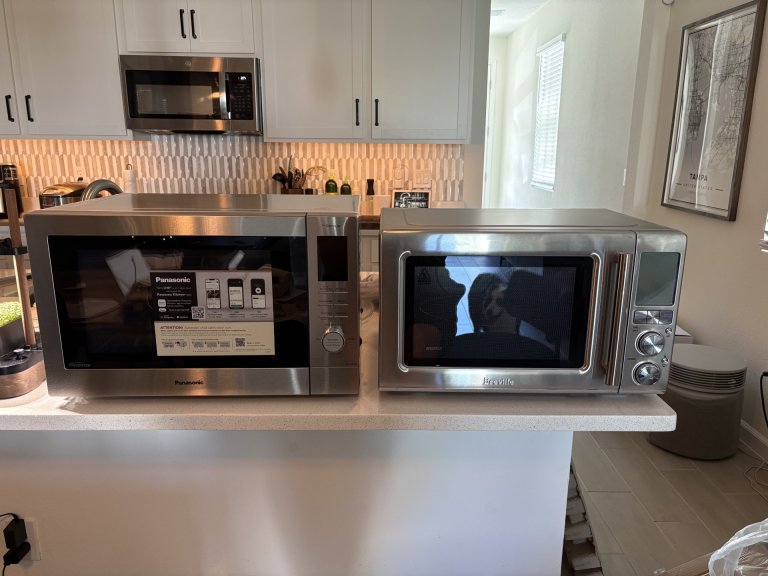
The best microwave convection ovens pull double duty, offering standard microwave features while allowing home chefs to bake cookies, roast meats, and cook a variety of other foods.